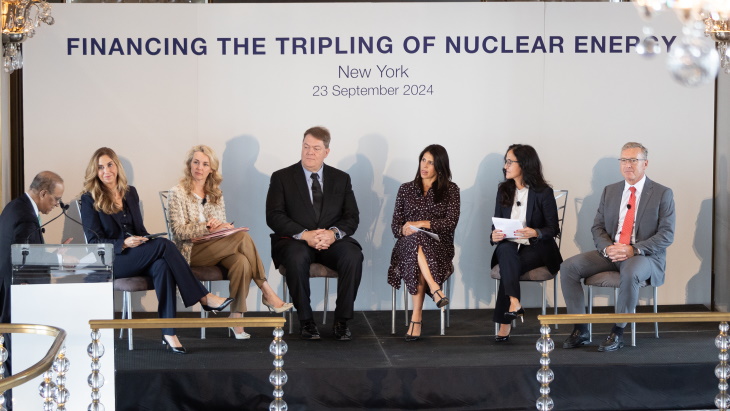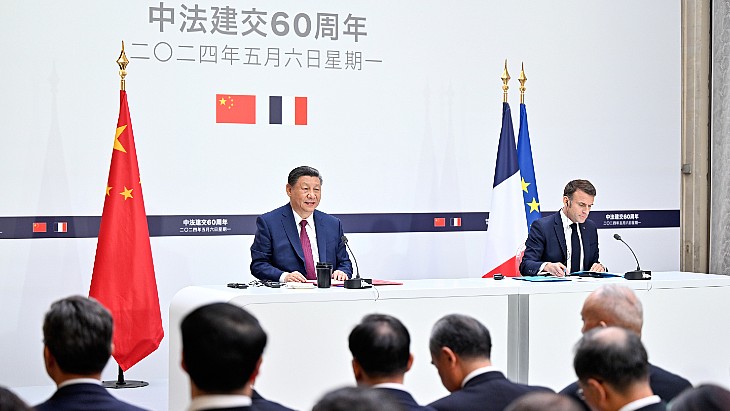Connecticut signs up for nuclear electricity
.jpg)
In June 2017, Connecticut passed a law allowing nuclear power plants to bid into markets with other zero-carbon resources such as wind, solar and hydropower. However, the timescale applied to at risk plants in draft versions of the request for proposals (RFP) issued by the Connecticut Department of Energy and Environmental Protection (DEEP) would have delayed the inclusion of Millstone - Connecticut's only operating nuclear power plant - until 2023. Millstone's two pressurised water reactors have a combined capacity of 2088 MWe, and generate about 45% of the state's electricity.
Dominion Energy, in comments on the RFP submitted to DEEP, said the proposed delay in Millstone's participation in the zero-carbon procurement programme would increase uncertainty over the plant's future.
DEEP said on 31 July it had received about 70 comments on the draft, which it had "carefully reviewed" before making changes to the final RFP. In the final document, the at risk time period has been brought forward to 1 June 2022.
"However, a bidder can rebut this presumption by providing evidence in the PURA [Connecticut's Public Utilities Regulatory Authority] 'at risk' proceeding and in its bid submission to DEEP that it should be considered at risk prior to 2022," the RFP says.
Governor Dannel Malloy and DEEP Commissioner Robert Klee announced on 28 December that Connecticut has selected two nuclear power bids for zero-carbon electricity-generating resources. The approved selections will secure the at-risk Millstone plant and provide low-cost zero-carbon energy from NextEra Energy's Seabrook plant in New Hampshire.
"We agreed with PURA that the Millstone nuclear facility is at risk of early retirement and created an evaluation framework that let us compare the costs of retaining the resource with the cost of replacing it over time with a variety of renewable resources," said Klee. "We remain committed to keeping this valuable zero-carbon resource, provided that it is affordable, as we work towards long-term replacement through smart investments in offshore wind and solar paired with grid-scale storage. At the same time, we believe ratepayers deserve, and can get, a more competitive price for Millstone's output."
Millstone submitted 24 different bids for different term lengths and quantities. DEEP selected the ten-year bid for about 50% of the entire facility's output.
"DEEP selected and treated this option as though it were two separate bids: One for the next several years when they are not considered at risk due to their existing market commitments, and one for the latter years," according to a statement from the Governor's Office.
"The selected price for the first three years reflects Dominion's submitted energy-only price. For the at-risk period of the bid, 2022 to 2029, [Connecticut's electric distribution companies] Eversource and United Illuminating are directed to negotiated for a price that reflects the costs and risks Dominion faces."
Those negotiations are to be concluded by the end of March.
The Governor's Office noted a normal utility rate of return on equity is 9%. However, it said DEEP would consider 12%-15% "reasonable for a merchant plant with a long-term contract". It said Dominion has sought a rate of return "that is not in the best interests of ratepayers".
The Seabrook plant - which had not stated it was at risk of early retirement - was selected on the basis of its price of 3.3 cents/kWh levelised (3.9 cents/kWh nominal). The Governor's office said this price "beats the market forecast and is projected to save Connecticut ratepayers USD18 million per year over its eight-year term".
The Seabrook contract begins in 2022 and is for 1.9 million kWh of electricity.









_88592.jpg)
_66488.jpg)

